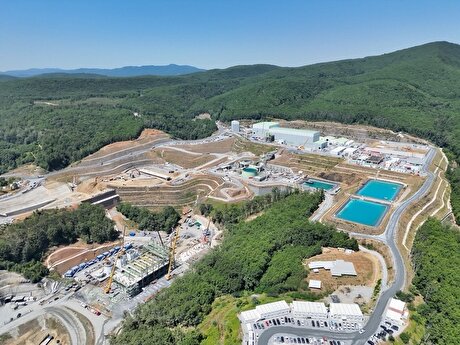
Chinese EAF Output likely to Plunge in September amid Operating Losses
The average scrap charge in BOFs in the first half was higher by 1.1% from a year earlier at 20.50% of the total burden, the China association of metal scrap utilisation (CAMU) said at SteelMint’s scrap conference in Bangkok, Thailand.
The rise in iron ore prices in the first half of 2019 due to Vale’s dam collapse have made the Chinese producers to switch to scrap usage. However, now although the situation has normalised and iron ore prices have registered a fall, scrap resources are tight in China with inventories of steel mills, scrap recyclers and processing enterprises lower than the same period of last year.
The average operating rate of EAF mills in China in first few days of September month have been recorded at 56%, lower by 4% against last month’s EAF operating rates and given the current situation where mills are also likely to undergo maintenance, Chinese EAF output is set to suffer in the ongoing month.
China's steel exports also suffer amid tepid global demand
According to China’s preliminary customs numbers, country’s steel exports in the month of August have registered a fall of 10% M-o-M basis from 5.57 MnT in Jul’19 to 5.01 MnT in Aug’19, hitting six months low mark.
Before this, Feb’19 remained the slowest month for Chinese steel exports this year, both in terms of the total volume at 4.51 MnT. China’s total exports in first eight months of 2019 (Jan-Aug) have been recorded at 44.97 MnT, falling by 4.4% against the corresponding period of previous year.
The key reason for the plunge in exports as cited by the market participants is the fall in steel exports to one of its key destinations, Vietnam due to increased trade barriers by the country and severe competition from low-priced Indian HRC.
Indian domestic steel market is currently facing slowdown due to which manufacturers are aggressively exploring overseas market especially ASEAN region, giving tough fight to the Chinese suppliers.
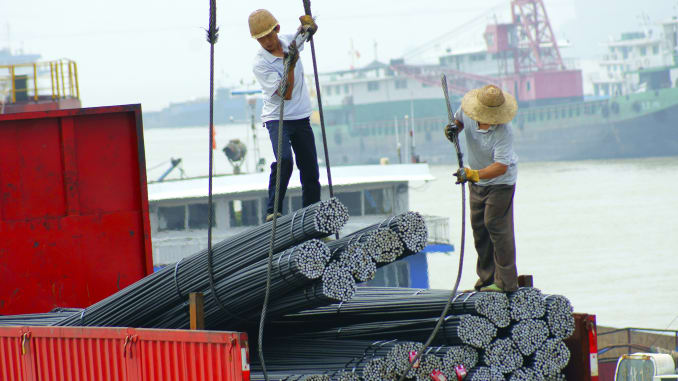

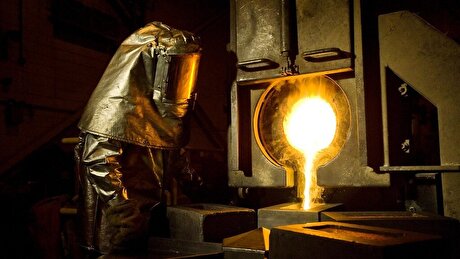
Newmont nets $100M payment related Akyem mine sale

First Quantum scores $1B streaming deal with Royal Gold

Caterpillar sees US tariff hit of up to $1.5 billion this year

Gold price rebounds nearly 2% on US payrolls data

Goldman told clients to go long copper a day before price plunge

Australia pledges $87M to rescue Trafigura’s Nyrstar smelters in critical minerals push
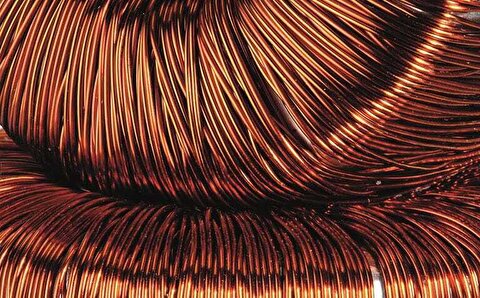
Copper price posts second weekly drop after Trump’s tariff surprise

One dead, five missing after collapse at Chile copper mine
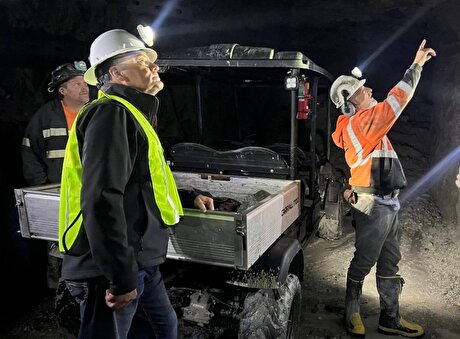
Idaho Strategic rises on gold property acquisition from Hecla

Codelco seeks restart at Chilean copper mine after collapse

US slaps tariffs on 1-kg, 100-oz gold bars: Financial Times
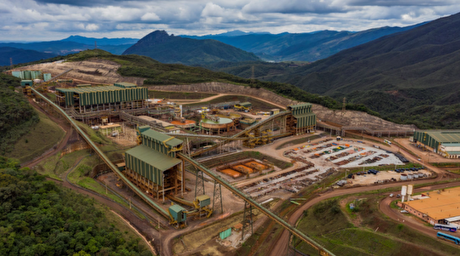
BHP, Vale offer $1.4 billion settlement in UK lawsuit over Brazil dam disaster, FT reports
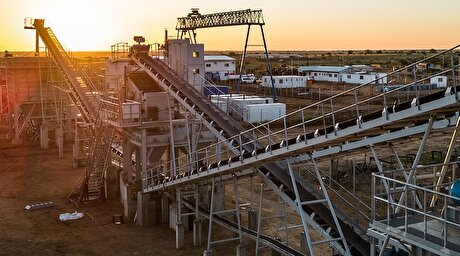
NextSource soars on Mitsubishi Chemical offtake deal

Copper price slips as unwinding of tariff trade boosts LME stockpiles

SAIL Bhilai Steel relies on Danieli proprietary technology to expand plate mill portfolio to higher steel grades

Alba Discloses its Financial Results for the Second Quarter and H1 of 2025
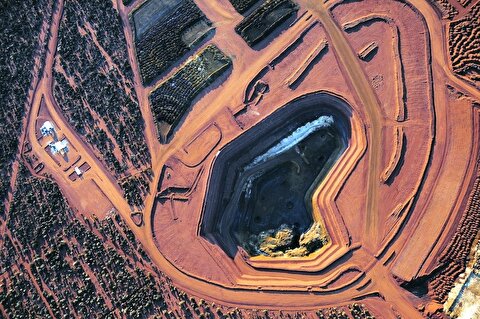
Australia weighs price floor for critical minerals, boosting rare earth miners

Australia pledges $87M to rescue Trafigura’s Nyrstar smelters in critical minerals push

Fresnillo lifts gold forecast on strong first-half surge

US slaps tariffs on 1-kg, 100-oz gold bars: Financial Times

BHP, Vale offer $1.4 billion settlement in UK lawsuit over Brazil dam disaster, FT reports

NextSource soars on Mitsubishi Chemical offtake deal

Copper price slips as unwinding of tariff trade boosts LME stockpiles

SAIL Bhilai Steel relies on Danieli proprietary technology to expand plate mill portfolio to higher steel grades

Alba Discloses its Financial Results for the Second Quarter and H1 of 2025

Australia weighs price floor for critical minerals, boosting rare earth miners

Australia pledges $87M to rescue Trafigura’s Nyrstar smelters in critical minerals push

Fresnillo lifts gold forecast on strong first-half surge














